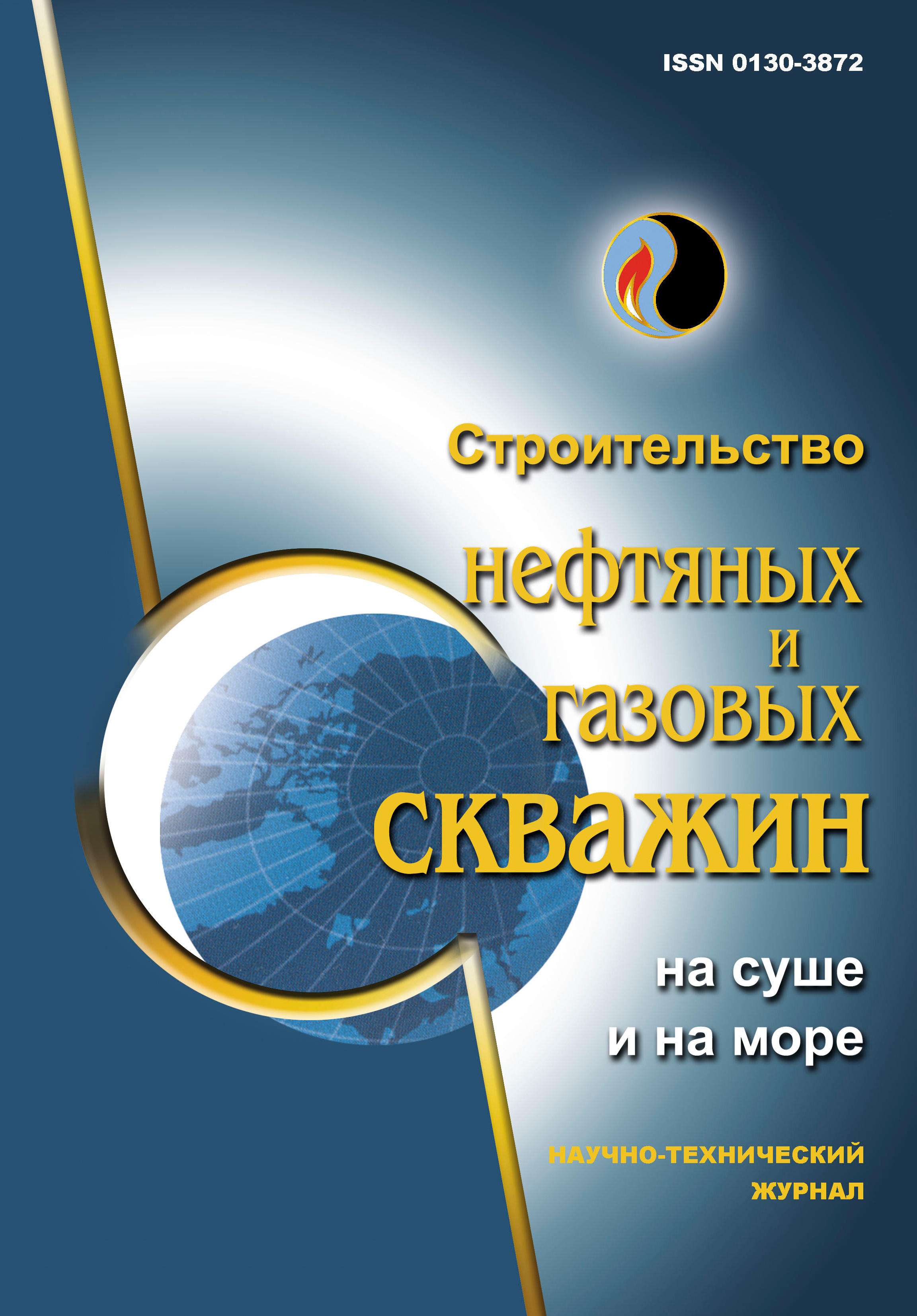Modern methods for drilling and cementing the upper intervals of offshore wells and their application on the Arctic shelf
UDC: 622.24.085.5
DOI: 10.33285/0130-3872-2022-12(360)-50-58
Authors:
LIKHUSHIN ALEKSANDER M. 1,2
1,2,
POSPELOV EVGENIY A. 2
2
1 Gazprom VNIIGAZ, Moscow, Russia
2 Gazpromshelfproekt, Moscow, Russia
Keywords: offshore field, offshore drilling, well cementing, floating drilling rig, direction preset, safety, ecology
Annotation:
The article presents an overview of the most effective technologies for drilling and cementing the upper intervals of offshore wells. Their advantages and disadvantages are analyzed. The technology of driving the direction using a deep-water hammer and the method of setting the direction using a suction anchor (CAN technology) are considered. The areas of the most rational use of each method are determined. Their main advantage is shown – the ability to carry out the initial stage of wells construction without the use of a semi-submersible drilling rig (SSDR), thus providing significant cost savings as well as increasing industrial and environmental safety.
Bibliography:
1. Circum-Arctic Resource Appraisal: Estimates of Undiscovered Oil and Gas North of the Arctic Circle / U.S. Geological Survey; Edited by P.H. Stauffer. – 2008. – URL: https://www.arctic-report.net/wp-content/uploads/2012/01/USGS-Estimates-of-Undiscovered-Oil-and-Gas-in-the-Arctic.pdf
2. Design of conductor soaking time in deepwater drilling / Zhou Bo, Yang Jin, Liu Zhengli [et al.] // Petroleum Exploration and Development. – 2014. – Vol. 41, Issue 2. – P. 257–261. – DOI: 10.1016/S1876-3804(14)60030-6
3. Novel Installation Method for Deepwater Conductors: Presentation / J. Miller, M. O'Driscoll, J. Ruiz, A. de Silvio // Marine Construction & Engineering Deepwater Developmentsl, Madrid, Spain, April 8. – 2014. – 15 p. – URL: https://mcedd.com/wp-content/uploads/Jon%20Miller%20-%20Intermoor.pdf
4. Low Cost Installation Method for Deepwater Conductors: Presentation / Inter Moor // NGI (Norgesgeotekniskeinstitutt) Workshop Geotechnical Input to Well Integrity Management, April 29. – 2016. – 11 p. – URL: https://www.ngi.no/content/download/5902/460999/file/3-6%20T_Bauer-Low%20Cost%20Installation%20Method%20for%20Deepwater%20Conductors.pdf
5. Conductor Installation Method / InterMoor. – URL: https://intermoor.com/technologies/conductor-installation-method
6. Neodrill. – URL: https://www.neodrill.com
7. Breivik D.H., Hollinger G., Dupuis Ch. Collaborative well engineering delivers record horizontal appraisal in Barents Sea // World Oil. – 2017. – April. – P. 33–37.
8. OMV Achieves Record Horizontal Appraisal Well Through Collaborative Well Engineering and Operation / Schlumberger. – URL: https://www.slb.com/resource-library/case-study/dr/integrated-omv-norway-barents-sea-cs
9. Conductor Anchor Node Optimizes Efficiency of Riserless Deepwater Exploration Drilling / E. Kopperud, A. Knudsen, S.J. Dybvik [et al.] // J. of Petroleum Technology. – 2017. – URL: https://www.neodrill.com/post/jpt-article-conductor-anchor-node-optimizes-efficiency-of-riserless-deepwater-exploration-drilling
10. Ellingsen L.A.-W. The comparative environmental life cycle assessment (LCA) of the Kathryn CAN-ductor based well and a conventionally drilled well: Report document No. 623633-01. – Neodrill AS; Asplan Viak, 2020. – 16 p.

